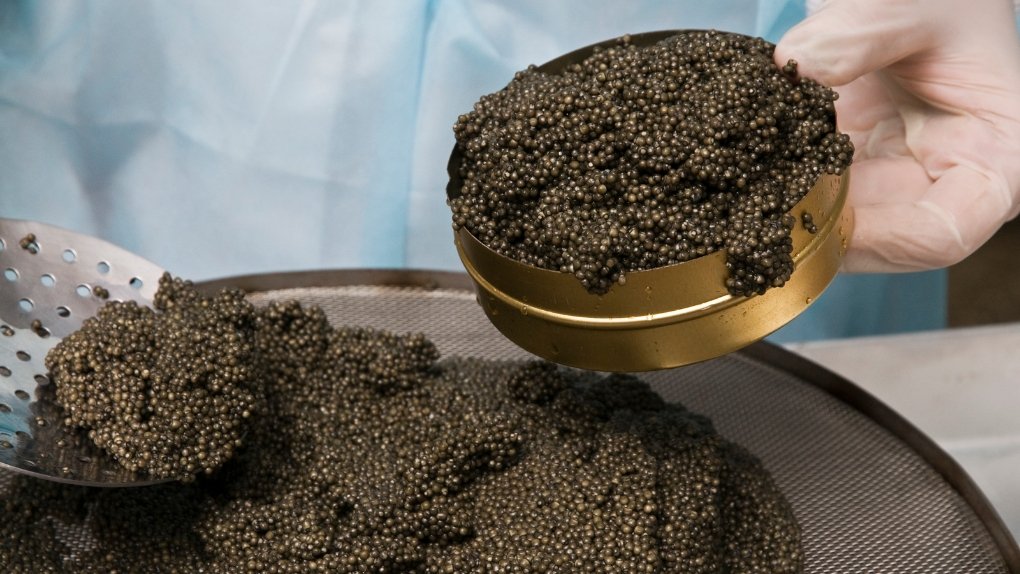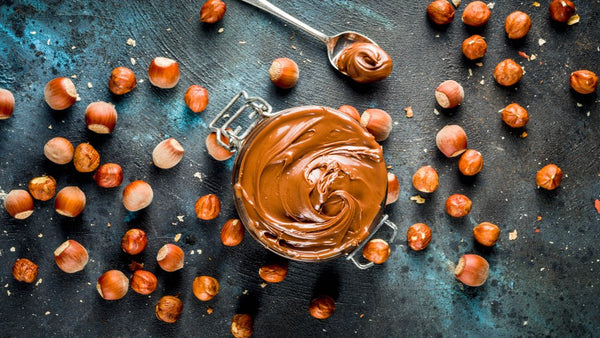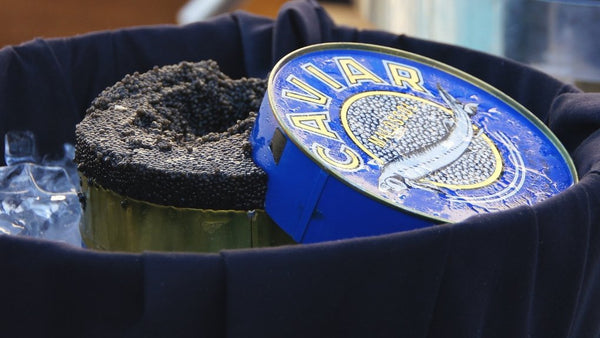Caviar is a luxury food that has been enjoyed for centuries. It is made from the roe (eggs) of fish, typically sturgeon, and is known for its unique taste, texture, and high-end status. In this blog post, we will explore the history, production, and enjoyment of caviar.
The history of caviar can be traced back to ancient civilizations such as the Greeks and Romans, who were known to enjoy fish roe as a delicacy. However, it wasn’t until the 18th and 19th centuries that caviar production became industrialized and the delicacy became widely available. The Caspian Sea region, which includes countries such as Russia, Iran, and Azerbaijan, is considered to be the epicenter of caviar production.
Caviar is produced by removing the eggs from a female fish, usually a sturgeon, cleaning and salting them, and then packing them into tins. The salting process, known as malossol, is crucial to the flavor and texture of the caviar. The eggs are then graded based on size, color, and quality. The highest quality caviar is known as “Grade A” and is made from large, firm, and glossy eggs.
When it comes to enjoying caviar, there are a few key things to keep in mind. First and foremost, caviar should be stored and served at the proper temperature, typically between 28-32°F (2-0°C). It should also be spooned out of the container, rather than poured, to avoid bruising the eggs. Caviar is typically enjoyed on its own, on crackers or bread, or as a garnish on dishes such as seafood and salads.
In conclusion, caviar is a unique and luxurious delicacy that has a rich history and complex production process. Whether you are a caviar connoisseur or trying it for the first time, taking the time to properly store, serve, and enjoy it will enhance your experience and appreciation of this special food.




